Venerated Art from Mali to Gabon
LU Research Fellow (LURF) Honor Winter ’26 continued active provenance and scholarly research on a collection of African objects made of wood. These objects were donated to LU by Shaun Donnelly ’68 and collected largely in east Africa in the 1970s and 80s, when Shaun was in the US Foreign Service. This exhibition showcased Honor’s in-depth research on these objects and provide an opportunity for the campus and local communities to see and learn about these compelling additions to the art collection.
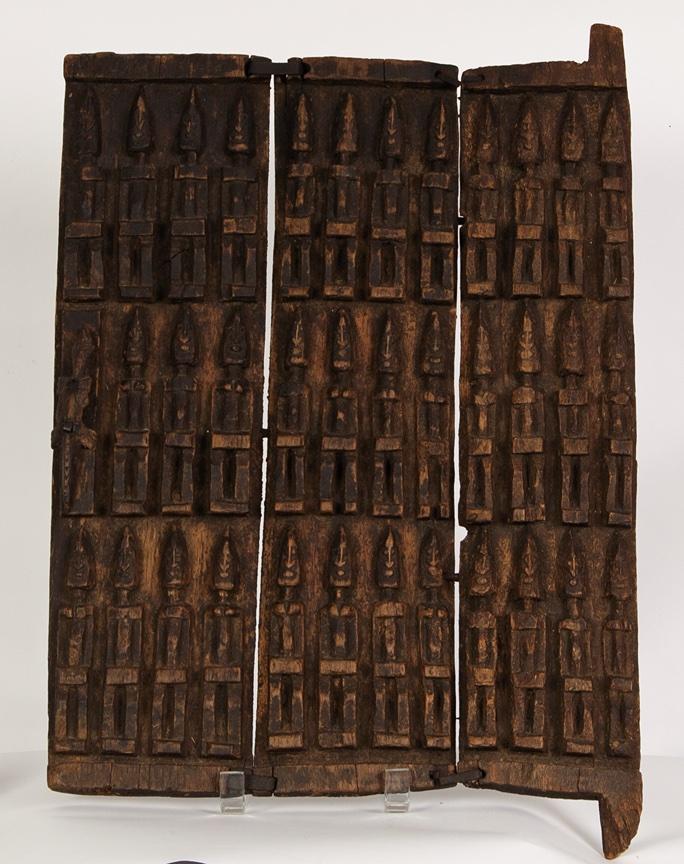
Dogon peoples, Bandiagara Cliffs, Mali, Granary Door or Shutter, 20th century or earlier, wood, iron staples, Gift of Shaun Donnelly '68 in memory of Susan Buesing Donnelly ’69
Prosperity and Power: The Coins of the Five Good Emperors
The “Five Good Emperors” - Nerva, Trajan, Hadrian, Antoninus Pius, and Marcus Aurelius - ruled during the second century of the Roman Empire. Designed to highlight imperial power and reinforce messages of peace and stability, high value coins were one of the ways that the emperors maintained centralized power and communicated ideas over such a vast empire. Art History student Rachel David ’24 curated this exhibition of ancient Roman Imperial coins from the Ottilia M. Buerger '38 Collection. Building on her capstone research, the exhibition interrogated the coins as primary examples of material culture that conveyed information about leadership in the ancient world.
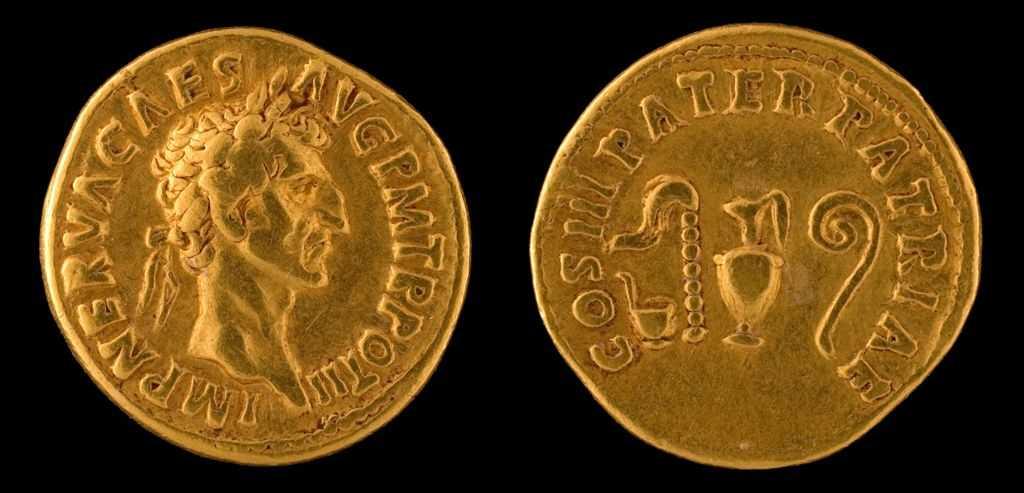
Gold Aureus of Nerva, 97 CE, 91.156, Ottilia Buerger '38 Collection of Ancient and Byzantine Coins
Lost Identities and Loose Threads: The Milwaukee Handicraft Project
Sarah Matthews ’23 curated this exhibition based on her art history capstone on a portfolio of block printed textiles produced by the Milwaukee WPA Handicraft Project, an initiative of the Works Progress Administration in the late 1930s. Her project focuses on gendered labor practices and the distinctions between art and craft in the domestic sphere.
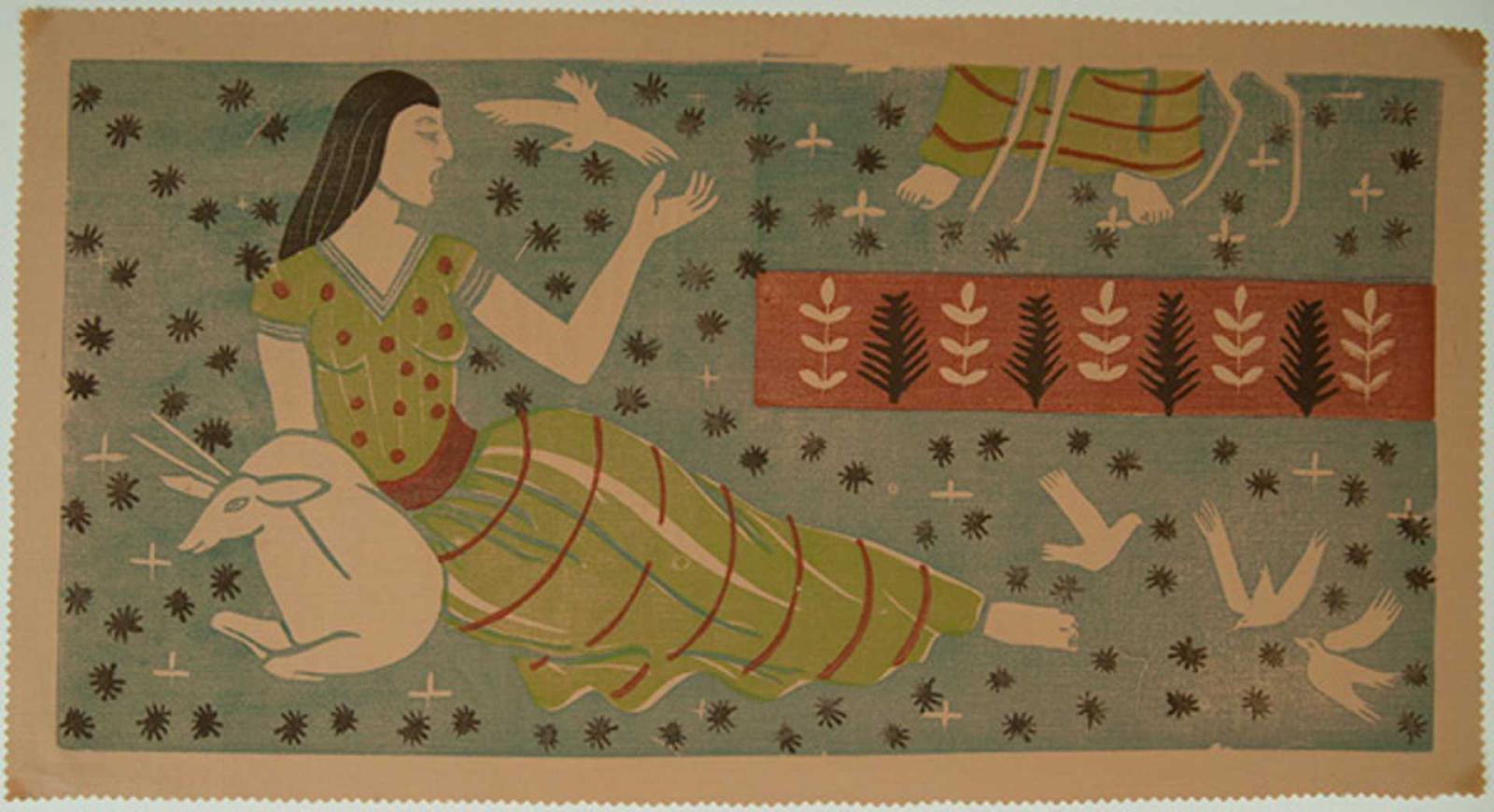
Milwaukee Handicraft Project, [Woman with goat #2], 1937-38, 2017.04.24, transfer from Milwaukee Downer College
Invisible “Orient”
This exhibition, curated by Jin Han ’23, will feature East Asian objects in LU collection that she researched in collaboration with Prof. Brigid Vance. The primary inquiry of Jin’s research and the show is an interrogation of how these objects are cataloged and considered within the context of a museum collection.
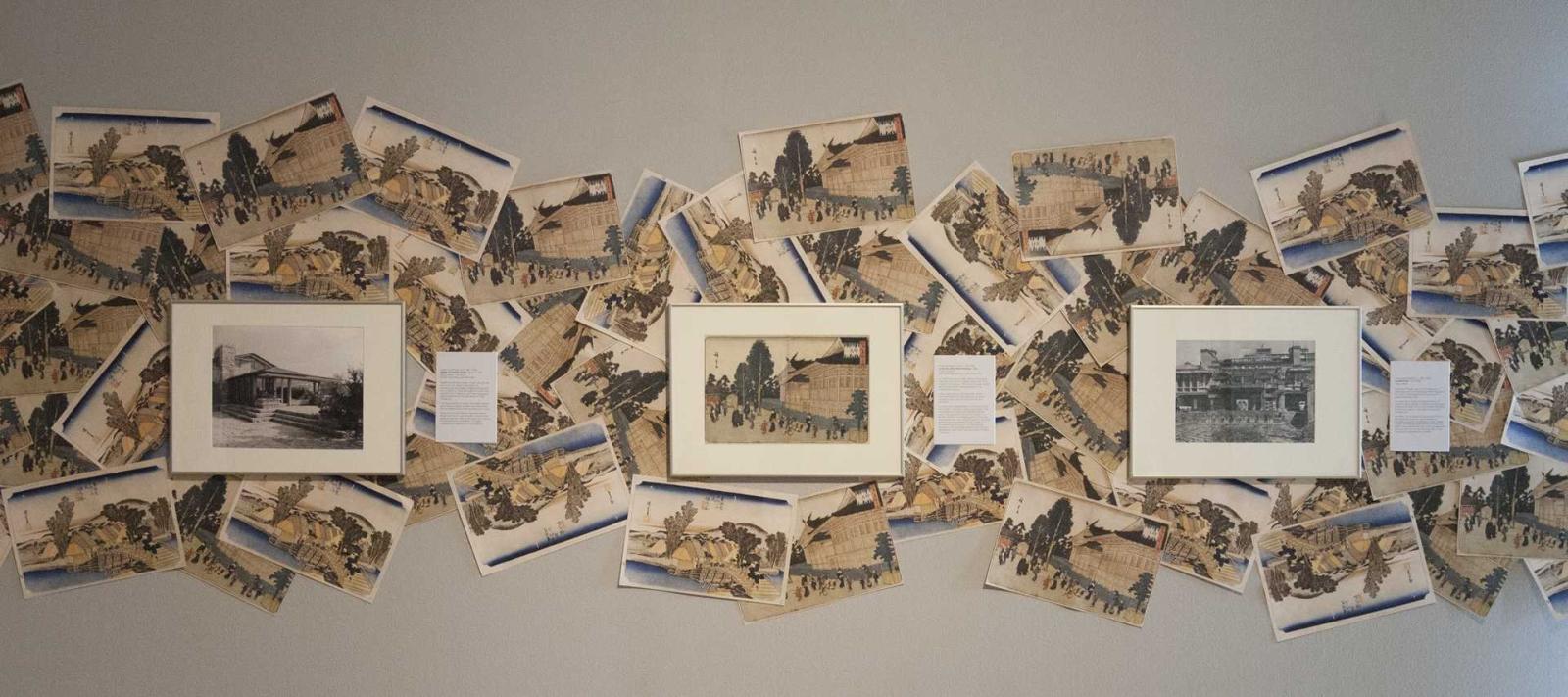
Installation view of Invisible "Orient" featuring Japanese woodblock prints and black and white photos of Frank Lloyd Wright buildings
A Traveler's Guide to Early Modern Japan
Students in LU History Professor Brigid Vance’s Early Modern Japanese History course (Winter 2025) co-curated this exhibition using prints in the collection. The students selected, analyzed, matted, framed, and arranged the woodblock prints and wrote the exhibition texts.
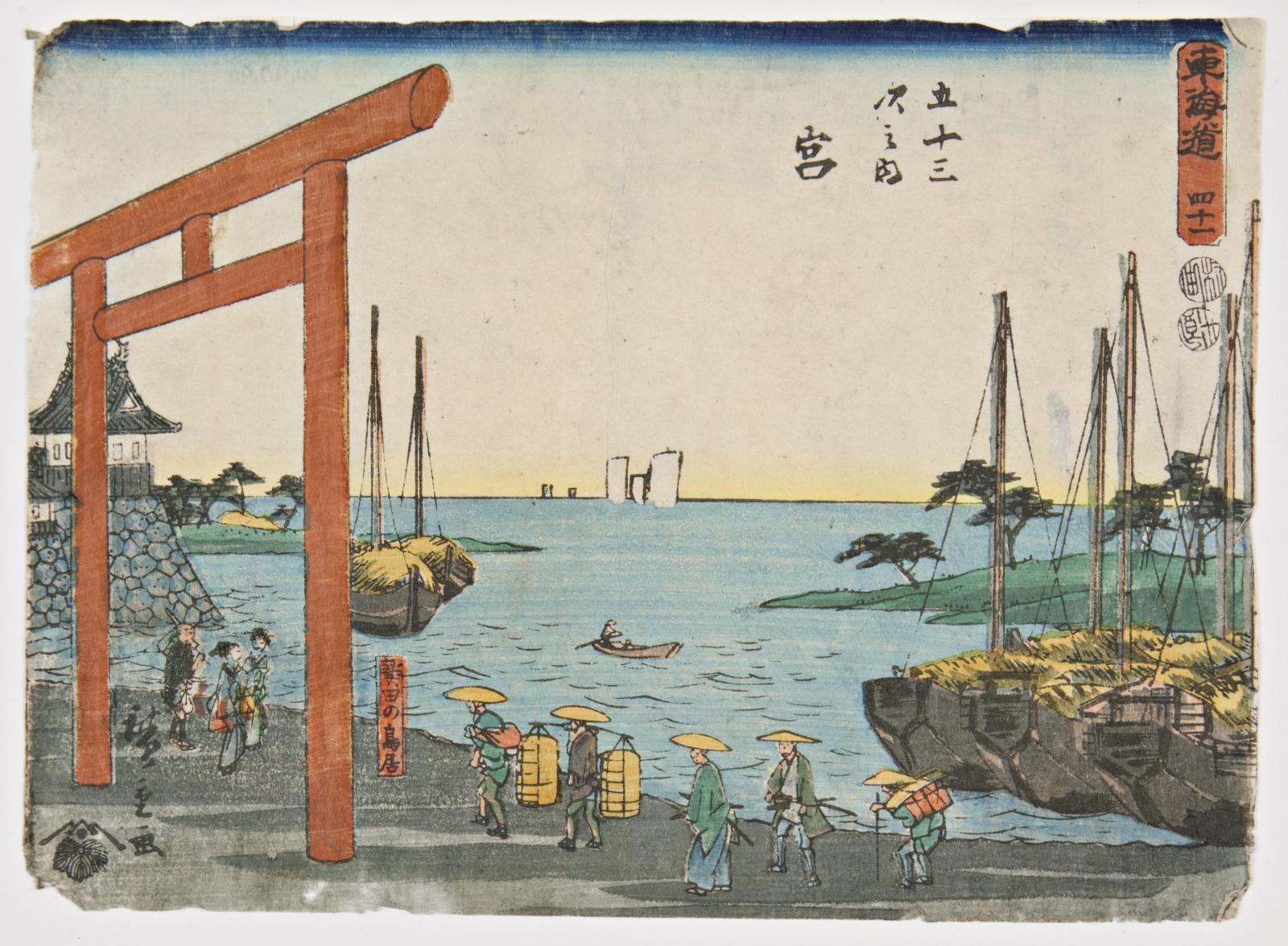
Andō Hiroshige, Torii Gate of Atsuta Shrine at Miya Station, around 1852, 36.025, Gift of George Banta, Jr. ’10
Manufacturing American Women
Charlie Wetzel '23 and Emma Goodman '23 curated an exhibition on the ways early 20th-century print publications created a performative consumer culture in the United States. Understanding consumerism as a deeply gendered pastime, this exhibition includes women’s magazines from the Jackson Collection and examples of the gendered consumer objects featured in their advertisements. (Winter 2022)
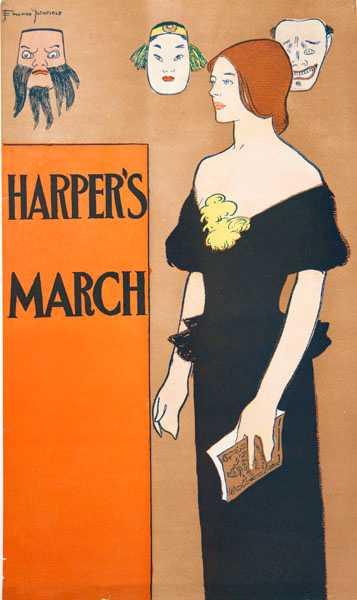
Edward Penfield, Harper’s March, March 1896, Color lithograph, 2018.03.89
Music & Manuscripts: An Interdisciplinary Exploration
This exhibition featured student research on manuscripts in the collection with music and other non-textual elements. The students explored the chemical make-up of the inks, the provenance and history of the bound texts, liturgical uses of different manuscript forms, and also transcribed and performed the music as part of their studies into these objects. (Winter 2019)
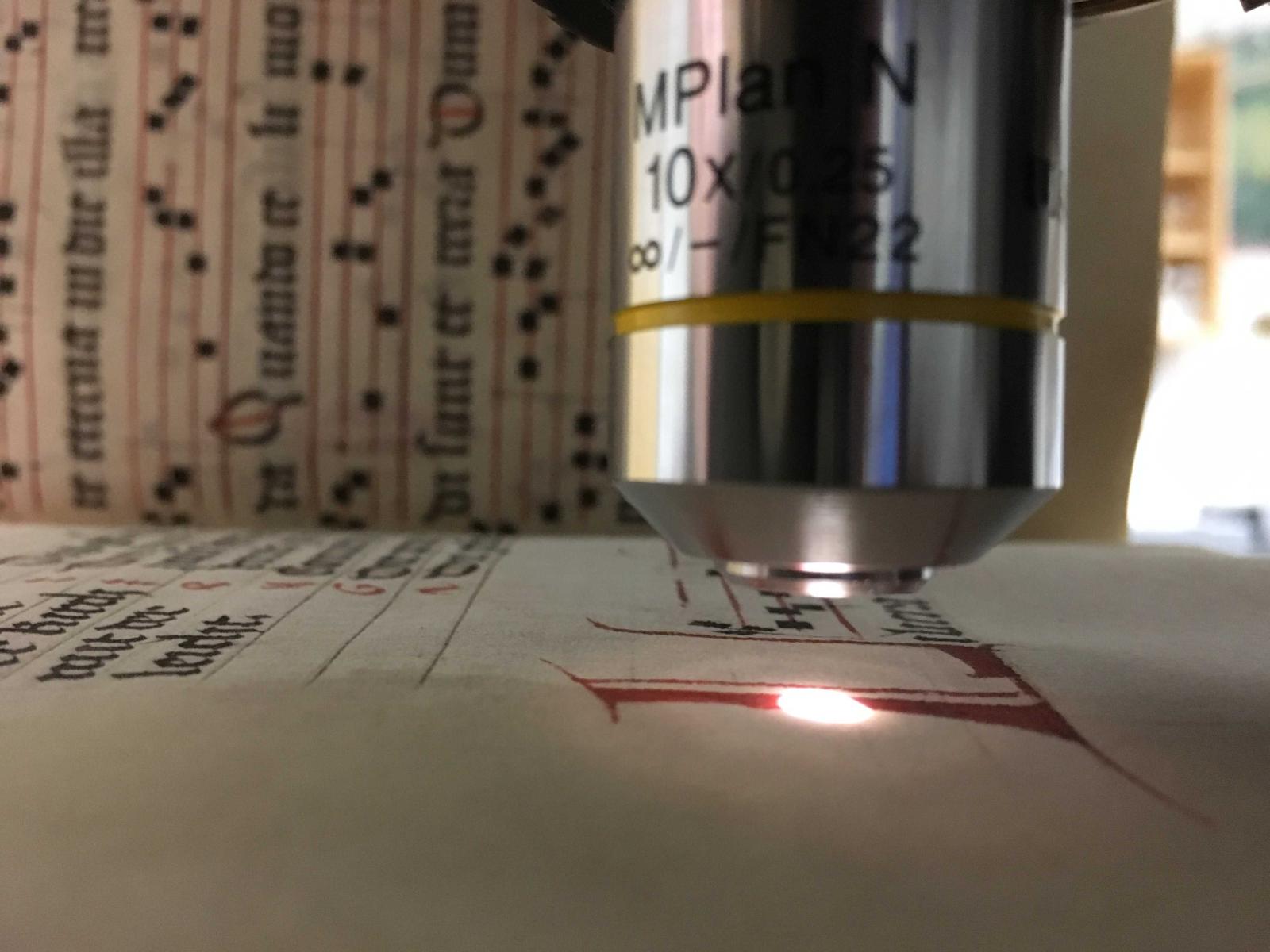
Close up of Raman microscope emitting light on Nelson MS 1, illuminated manuscript, likely German, c. 1525, 2016.10